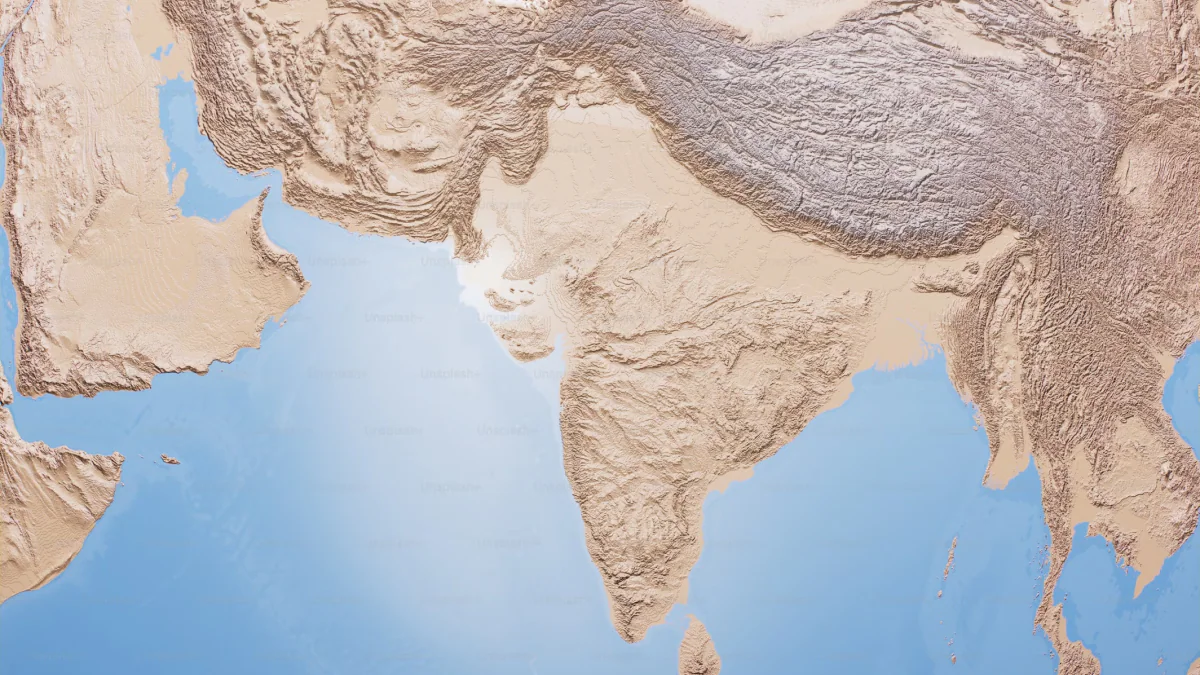Researchers from the China University of Geosciences in Beijing, led by Professor Shaofeng Liu, have provided new insights into the North China Craton (NCC), revealing the complex process of its gradual erosion over millions of years. The team’s study, published in Nature Geoscience, introduces a groundbreaking geodynamic mantle-flow model that challenges long-standing assumptions about the stability of ancient continental crust. This model uncovers the tectonic forces that have destabilized the NCC, particularly focusing on events that began in the Mesozoic era, a time of significant geological change.
Unveiling the Tectonic Forces Behind the Erosion
The research suggests that beneath the Eurasian plate, where the NCC resides, an unusual form of tectonic movement called flat-slab subduction played a critical role in the craton’s erosion. Unlike typical subduction, where one tectonic plate sinks directly beneath another, the Izanagi plate slid horizontally under the NCC’s crust. This horizontal movement weakened the crust’s foundation, setting off a series of chemical reactions that gradually eroded the once-stable base of the craton. The study reconstructs these ancient tectonic events using seismic and stratigraphic data, offering a fresh perspective on the forces that reshaped this significant portion of Earth’s continental crust.
Three Key Phases of Deformation
The researchers have identified three distinct stages in the deformation of the NCC, each driven by different tectonic interactions. The first stage began with the subduction of the Izanagi plate, which applied horizontal pressure on the NCC, altering its composition. As the subduction process progressed, the plate eventually rolled back, leading to a thinning of the lithosphere in the second stage. This rollback also caused surface uplift and the formation of rift basins, reshaping the landscape above. In the final phase, a mantle wedge—a zone of partially melted material—formed between the sinking plate and the craton, further weakening the foundation and promoting volcanic activity.
Implications for Understanding Craton Stability
This research significantly alters the way scientists view the stability and evolution of ancient cratons. While cratons were once thought to be immutable and stable over geological timescales, this new model highlights the dynamic forces that can gradually erode and reshape even the most ancient parts of Earth’s crust. By detailing the stages of deformation and the processes driving the erosion of the NCC, the study provides a deeper understanding of how tectonic interactions at the Earth’s core can have long-lasting impacts on the surface. These findings could have broader implications for understanding the evolution of other ancient continental cratons worldwide.










